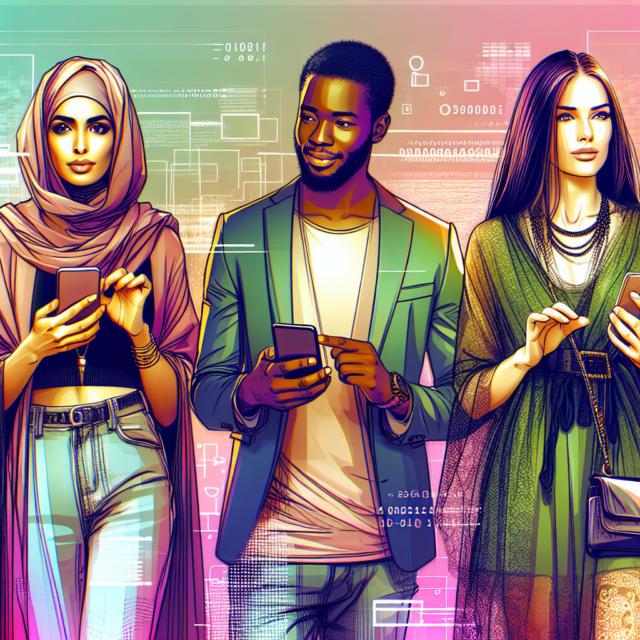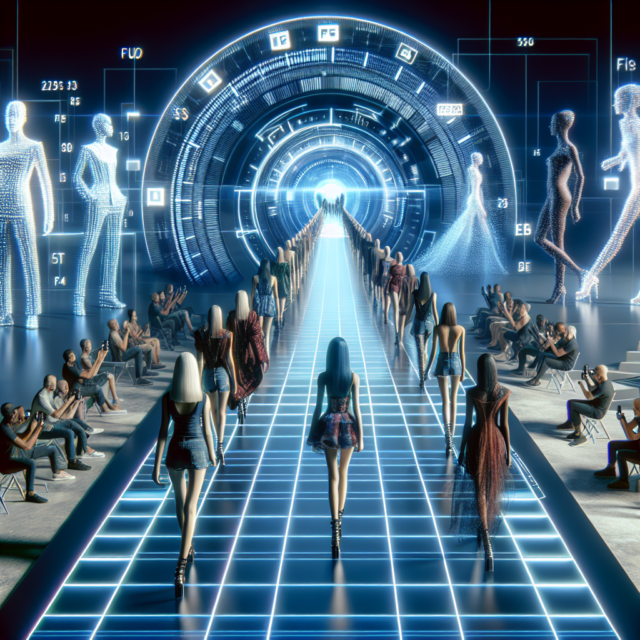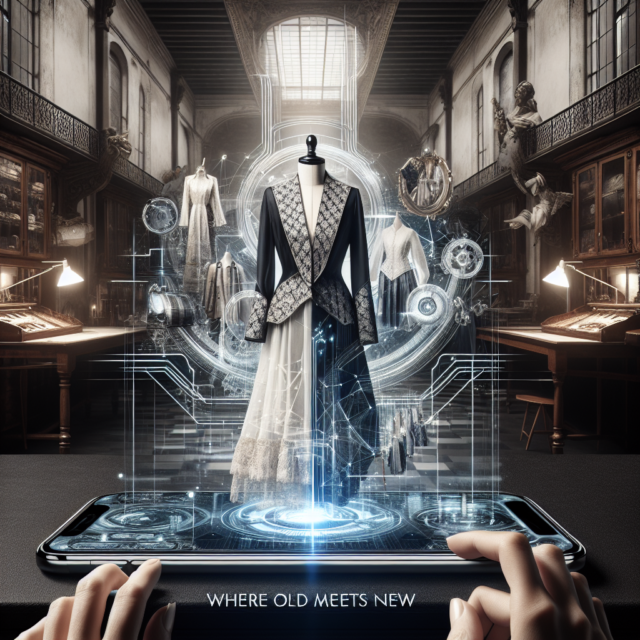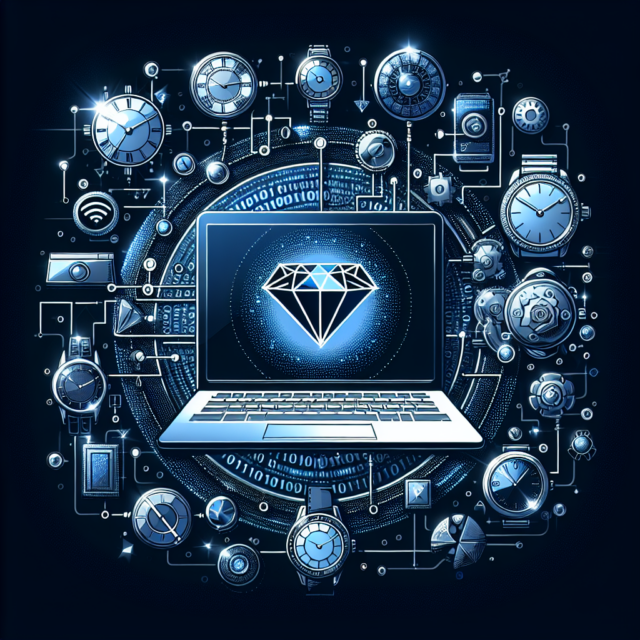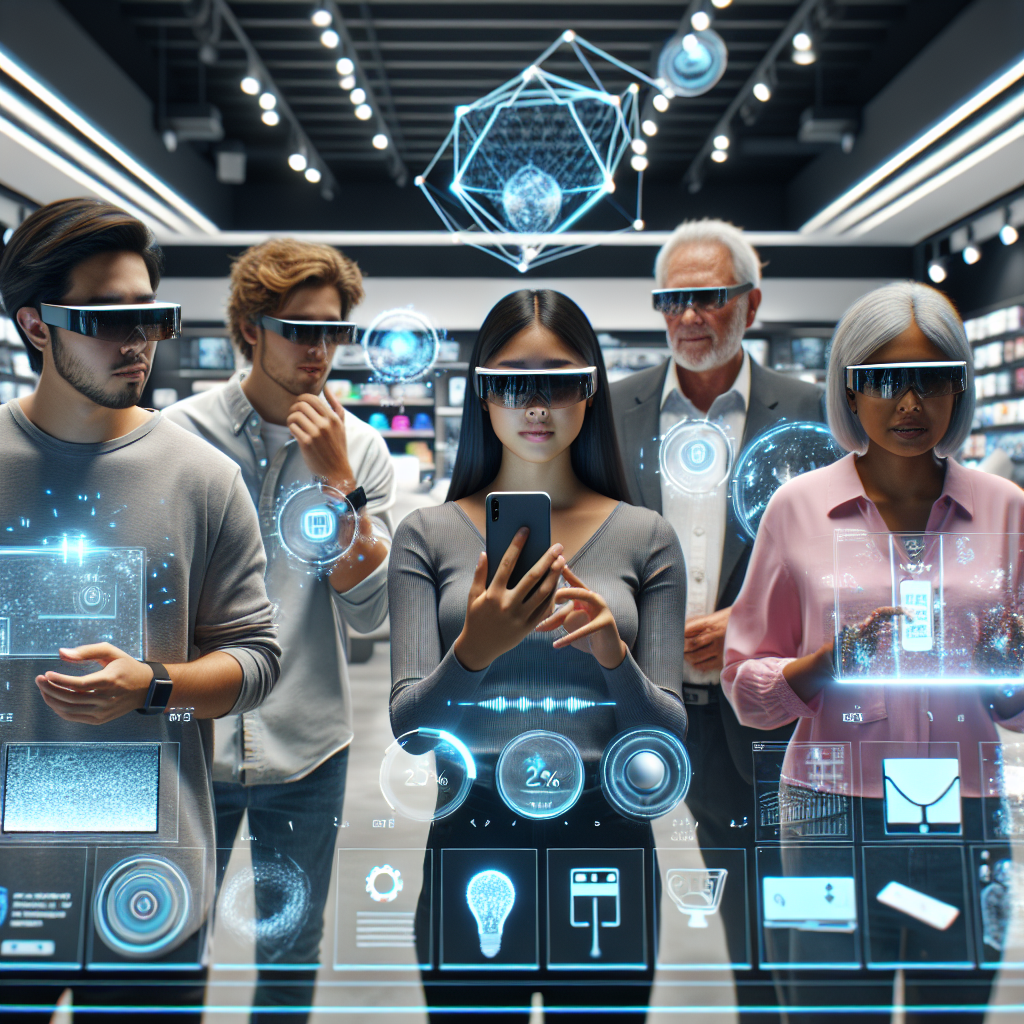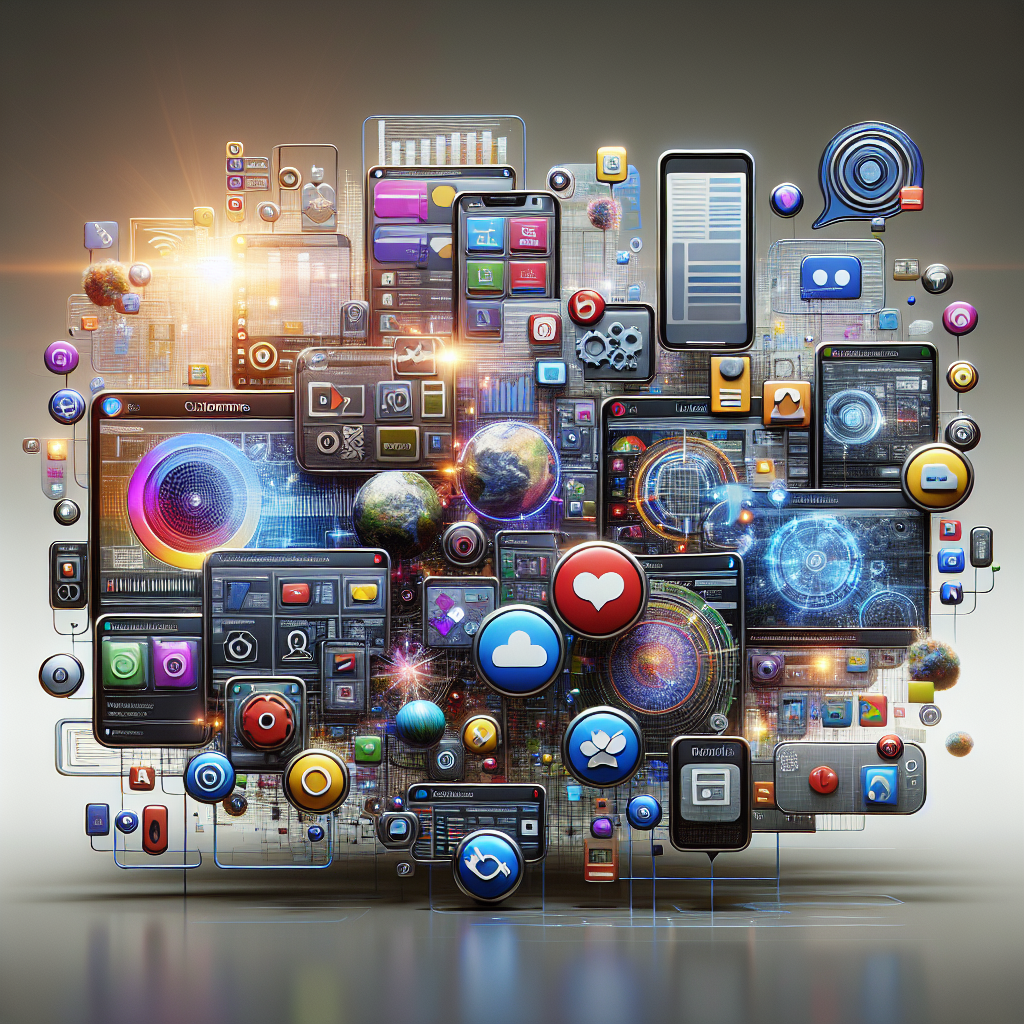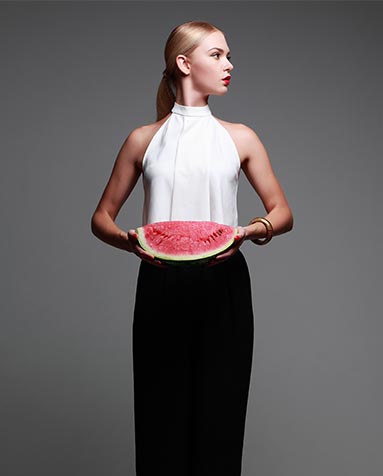The Rise of Global Digital Fashion Influencers
In the digital age, fashion has transcended traditional runways and glossy magazines, evolving into a dynamic and interactive experience. The rise of global digital fashion influencers has revolutionized the industry, making it more accessible, diverse, and innovative. These influencers, armed with a smartphone and a unique sense of style, have become pivotal in shaping fashion trends and consumer behavior worldwide. This article delves into the digital fashion landscape, identifies key players, and examines the profound impact of social media on fashion trends.
Exploring the Digital Fashion Landscape
The digital fashion landscape is a vibrant tapestry woven with creativity, technology, and global connectivity. In recent years, the fashion industry has witnessed a paradigm shift as it embraces digital platforms as a primary mode of engagement. With the advent of virtual fashion shows and digital collections, designers are no longer confined to physical spaces, allowing for limitless creativity and expression. This new landscape has democratized fashion, enabling designers from diverse backgrounds to showcase their work to a global audience.
In this digital realm, fashion influencers play a crucial role in bridging the gap between designers and consumers. These influencers, often characterized by their distinct style and authentic voice, curate content that resonates with their followers. Through platforms like Instagram, TikTok, and YouTube, they offer a glimpse into the latest trends, styling tips, and behind-the-scenes insights, making fashion more relatable and attainable for the average consumer.
The rise of augmented reality (AR) and virtual reality (VR) technologies has further enriched the digital fashion experience. Consumers can now virtually try on outfits, explore immersive fashion environments, and even attend virtual fashion shows from the comfort of their homes. This technological advancement not only enhances consumer engagement but also reduces the environmental impact of traditional fashion shows.
Moreover, digital fashion has paved the way for the emergence of digital-only clothing lines, where garments exist solely in the virtual world. These digital outfits can be purchased, worn in virtual environments, or applied to photos on social media, offering a sustainable alternative to fast fashion. This innovation highlights the adaptability and forward-thinking nature of the digital fashion landscape.
As the digital fashion landscape continues to evolve, it challenges traditional notions of fashion and pushes boundaries. It encourages inclusivity by providing a platform for underrepresented voices and fostering a sense of community among fashion enthusiasts worldwide. The digital realm has become a melting pot of cultures, styles, and ideas, driving the industry towards a more inclusive and diverse future.
The exploration of this landscape reveals a dynamic interplay between technology, creativity, and global connectivity. The digital fashion world is not just a trend; it signifies a fundamental shift in how fashion is created, consumed, and experienced. As technology continues to advance, the possibilities for innovation within this space are boundless, promising an exciting future for fashion enthusiasts and industry professionals alike.
Key Players in Global Fashion Influence
In the realm of global digital fashion influence, several key players have emerged, each with their unique style, perspective, and impact. These influencers have harnessed the power of social media to build personal brands and amass millions of followers, making them indispensable voices in the fashion industry. Their influence extends beyond fashion, often intersecting with beauty, lifestyle, and wellness, creating a holistic approach to personal branding.
One of the most prominent figures in this space is Chiara Ferragni, an Italian entrepreneur and fashion influencer. With her blog "The Blonde Salad" and a massive social media following, Ferragni has transformed herself into a global fashion icon. Her collaborations with high-end brands and her ability to seamlessly blend luxury fashion with everyday style have solidified her position as a leading digital fashion influencer.
Another influential figure is Aimee Song, a Los Angeles-based fashion blogger and author. Known for her effortlessly chic style and keen eye for design, Song has become a staple in the fashion world. Her blog "Song of Style" and her presence on Instagram have made her a go-to source for fashion inspiration and lifestyle content, resonating with a diverse audience across the globe.
In Asia, digital fashion influencers like Chriselle Lim have made significant strides in shaping fashion trends. Lim, a Korean-American influencer, is renowned for her elegant style and entrepreneurial spirit. Through her blog and YouTube channel, she has built a strong community of followers who look to her for fashion advice, beauty tips, and lifestyle insights, further cementing her status as a global fashion influencer.
Social media platforms have also birthed a new generation of influencers, such as TikTok sensation Wisdom Kaye. Known for his bold and eclectic style, Kaye has captivated audiences with his creative fashion content, pushing the boundaries of traditional menswear. His rise to fame exemplifies the democratization of fashion influence, where talent and creativity can propel an individual to global recognition regardless of their background.
These influencers, among others, have become instrumental in shaping fashion trends and consumer behavior. They offer a fresh perspective on fashion, often challenging conventional norms and advocating for diversity and inclusivity within the industry. Their ability to connect with audiences on a personal level and adapt to changing trends ensures their continued relevance in the fast-paced world of digital fashion.
The influence of these key players extends beyond the realm of fashion, impacting the way brands engage with consumers. Their authentic and relatable content resonates with audiences, driving brand awareness and loyalty. As the digital fashion landscape continues to evolve, these influencers will remain at the forefront, guiding the industry towards a more connected and inclusive future.
The Impact of Social Media on Fashion Trends
Social media has become an indispensable tool in shaping fashion trends, transforming how fashion is consumed, shared, and experienced. Platforms like Instagram, TikTok, and Pinterest have revolutionized the fashion industry by providing a space for real-time engagement and creative expression. Through these platforms, fashion trends can emerge and spread at an unprecedented pace, reaching a global audience within seconds.
One of the most significant impacts of social media on fashion is the democratization of trendsetting. In the past, fashion trends were dictated by designers, editors, and industry insiders. Today, however, anyone with a smartphone and a sense of style can influence fashion trends. This shift has empowered a new wave of fashion influencers who bring diverse perspectives and styles to the forefront, challenging traditional fashion hierarchies.
Social media platforms have also facilitated the rise of micro-trends, which are short-lived, niche fashion trends that gain popularity quickly and fade just as fast. These micro-trends often originate from viral challenges, memes, or specific cultural moments, capturing the attention of a broad audience. The rapid turnover of these trends keeps the fashion landscape dynamic and ever-changing, encouraging creativity and experimentation.
Moreover, social media has amplified the importance of visual storytelling in fashion. Influencers and brands alike use platforms to create visually compelling content that resonates with audiences. High-quality imagery, engaging videos, and interactive features allow for an immersive fashion experience, fostering a deeper connection between brands and consumers. This visual-centric approach has become a cornerstone of modern fashion marketing strategies.
The impact of social media on fashion extends to consumer behavior and purchasing decisions. Influencers, with their authentic and relatable content, have a significant influence on their followers’ buying habits. Brands often collaborate with influencers to reach their target audience, leveraging their influence to drive sales and brand loyalty. This shift has transformed traditional advertising models, making influencer marketing a critical component of brand strategy.
As social media continues to evolve, its impact on fashion trends will only grow stronger. The constant flow of information and the ability to connect with audiences in real-time provide endless opportunities for innovation and creativity. Social media has not only reshaped the fashion industry but also redefined how individuals express themselves through fashion, fostering a more inclusive and diverse fashion culture.
The rise of global digital fashion influencers marks a significant turning point in the fashion industry. By embracing digital platforms, these influencers have democratized fashion, making it accessible and relatable to a broader audience. Their impact extends beyond fashion, influencing lifestyle, beauty, and consumer behavior. As technology continues to advance and social media platforms evolve, the role of digital fashion influencers will become even more integral to the industry’s future. This digital revolution promises a more inclusive, diverse, and innovative fashion landscape, where creativity knows no bounds and fashion is a truly global and interconnected phenomenon.







